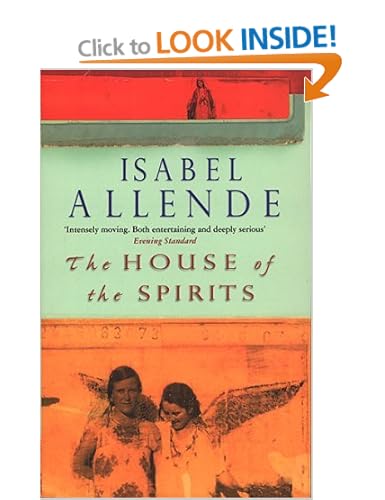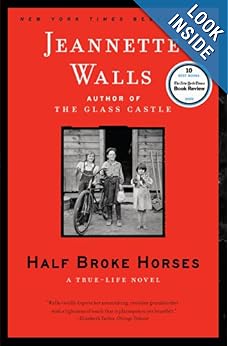Note, this recipe is not very prescriptive with respect to the ingredients, the key is getting good eggplant flavor, but then season it as you like.
Ingredients:
2-3 medium sized eggplants (I prefer the dark purple kind - the flavor is richer as compared to the white/purple stripped kind)
olive oil (about 1/4 cup)
1 small white or yellow onion
1 tablespoon (approximately) of tahini (I used a small spoon I use for coffee - so, really it's an approximate and a taste measurement).
2-3 cloves of roasted garlic (you can also use raw garlic, but it will be a bit more 'raw', similar to pesto)
3-5 sun dried tomatoes (make sure you know the salt content of these first; chop these a little bit to facilitate the blending process)
a handful of cilantro and/or parsley (note, I only used cilantro - use as much or as little as appeal to your taste buds)
a handful of basil (use as much or as little as appeal to your taste buds)
Directions:
1. Grill or broil the eggplant until the inner meat of the eggplant is very mushy and soft
(My husband graciously grilled the eggplant for me. While the coals were heating (mostly white, but not fully hot) he allowed the skin of the eggplants to char (but the meaty inside was still pretty firm), then I wrapped the eggplants (2 -3 per pack) in aluminum foil and he buried the wrapped whole eggplant in the coals as they continued to warm up. This gave the eggplant a sort of campfire roasted flavor which I found delicious).
2. Once the eggplant is cooked, unwrap from the aluminum foil and cut into thirds and place in the blender. The eggplant will be difficult to handle as the foil and eggplant will be very hot, be careful! The only reason to cut into thirds is to accommodate a smaller blender, if you have a larger one you may be able to skip this step.
(Note, I left the skin on as I wanted to preserve the charred flavor. Similar to hummus, if you want a smoother texture scrape out the cooked eggplant meat and leave the skin behind)
3. In a blender, add the olive oil to the eggplant and blend until few clumps are present (it doesn't need to be completely smooth for this step).
4. Add the remaining ingredients except for the salt and blend until smooth.
5. Taste the mixture and add salt to taste. Blend to combine any additional salt added.
6. Serve with bread, pita slices, crackers, or whatever else you like.










